High-Low Hoof Syndrome: Unlock the Underlying Secret to Balanced Hooves
Share this post:
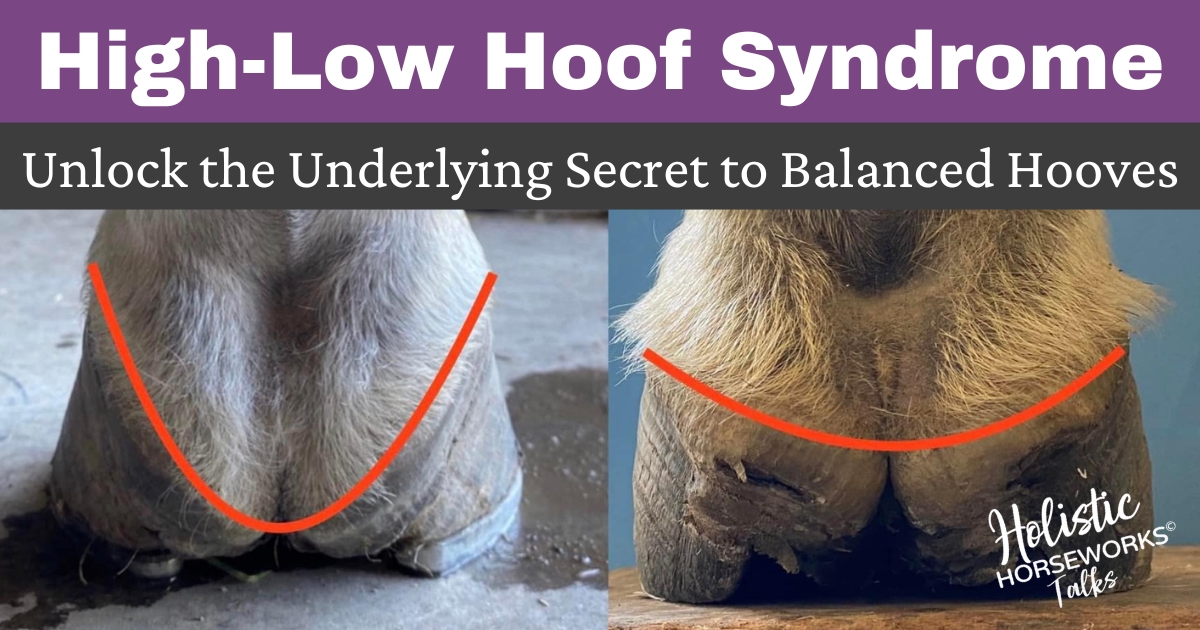
High-low hoof Syndrome is a condition that has long puzzled vets, farriers, and horse owners. It refers to an imbalance in a horse’s hooves, where one hoof has a steeper angle compared to the other. Standing and working on this imbalance can lead to a variety of biomechanical issues that affect not just the hooves but the entire musculoskeletal system of the horse.
I invite you to challenge yourself and learn how easy it is to fix these issues yourself, at home, with soft gentle techniques in my program. I love when all my clients report back “My farrier asked me what I am doing differently as all of a sudden my horse’s hooves are more balanced and my horse stands more relaxed and is easier to shoe or trim!”
Episode Transcription
Expand to read more...
Hi, this is Lillian. I’m here with April Love. April, you always talk about the high-low hoof syndrome and I’m wondering if you can tell me more about what that is and what people can do about it.
00:00:43 April
And that is a great question! All the vets and the farriers have been chasing that for years. And then the answer came to me in a roundabout way.
00:00:53 April
When I do my bodywork program within six weeks to about 3 months, the owners report back to me that the farrier wants to know what changed because he can now trim and balance the feet the same angles.
00:01:08 April
And you know what changed? They’ve been trying to wedge, and everything. And if people don’t know what high and low hoof syndrome means, it means that if you squat down.
00:01:19 April
Beside your horse’s front legs and you look at the hairline, the coronary band, and you compare them and the left front to the right front or whatever side that you’re on, you’ll see one slopes more down to the ground.
00:01:35 April
That’s called a low angle that can be anywhere from 50° to 53°. If they put the hoof angle on it, and if you look at the other hoof, it’s more parallel.
00:01:49 April
You know more even to the ground, not sloping to the ground. So, there’s actually more heel there and that would be like 55, 56, 57 degrees sometimes as steep as 60 degrees .
00:02:01 April
if they put the hoof angle iron on it, and then if you think about that, it looks like, yeah, well, my horse has that, but he seems to be OK. Sometimes they’ll wedge the lower foot, which means putting a pad on that’s thicker. That’s thin by the sole and thicker by the heel to bring that up to be the same.
00:02:23 April
Angles and the reason that that is important.
00:02:26 April
Is think about if you were standing all day and walking and exercising and your left foot had a flat tennis shoe and your right foot had a wedge heel.
00:02:41 April
How is that angle going to shift in your ankles, your knees and your hips?
00:02:47 April
And if one hip is higher, how is that going to compress in your lumbar spine area L4, L5 because one hip is always higher and then how can your spine and next stay in alignment if your hips are at that angle? So, people don’t think it matters
00:03:07 April
as much in a horse. But think about it. One shoulder is higher and the side that is got the highest heel.
00:03:16 April
If you actually watch them walk slowly, the low heel usually strides out and lands heel to toe and the high heeled side usually strides out and lands toe to heal so you have biomechanical imbalances higher up in the neck and shoulder not allowing
00:03:37 April
both front feet to land even.
00:03:40 April
And the long term ramifications of this is the foot that’s jamming and loading is creating more heat and the body sends calcium to heat to lock it down, and that’s arthritis. So that side bone, ring bone, arthritic knees and shoulders because that whole leg.
00:04:01 April
can’t move correctly.
00:04:03 April
And this cause of all that what we have found is the first rib misalignment not allowing that shoulder to move correctly. So, if it’s on the right side first rib alignment is going to make that side land toe to heel.
00:04:20 April
And the horse is going to put out the left front foot when it grazes as a foal, young horse, older horse because the right shoulder can’t move forward as freely past that first rib impingement. So, the horse that always has one front leg.
00:04:39 April
Out forward like the left one is going to be the low heel and the foot that’s always back is going to be the high heel.
00:04:47 April
The horses hooves grow.
00:04:50 April
You know, it’s a live thing, the pressure, how it lands, you know? So, if they’re not standing on it correctly when your horse is tied to the trailer and it’s stall or standing in the field or the cross ties, pay attention to how they’re standing. Both front feet should be side by side when they’re at rest. If you always have.
00:05:10 April
One foot in front of the other when they’re in the pasture, you know not in cross ties, not in riding mode.
00:05:17 April
Then you have issues higher up in ribs and withers, and that’s going to create how the hooves are going to grow.
00:05:24 April
If a horse has a really tight sternum and pectoral muscles and it’s pulling the heels with the front end, that’s going to create the underslung inside heel that jams, and you can never grow an inside heel and the farrier will try to leave extra shoe to protect the heel to grow down. But if you don’t change it.
00:05:45 April
Higher up into how the body is loading the. If you’re never gonna actually change the hoof. One of my endurance clients had gotten.
00:05:55 April
an endurance horse of impeccable bloodlines, but all the high tech professionals had passed on him because he had high low hoof syndrome, they said. As a 100-mile horse, he’d break down, wouldn’t last. You know those kind of things because the front hooves are not in balance and when you’re trotting downhill.
00:06:14 April
Doing all those miles, your feet have to be in balance. So, we did all the body work and all of a sudden she was in the top 10s and getting best conditioned horse and the friends and people in community that had.
00:06:30 April
Known about this horse as a young horse and passed on him and she got him for a very affordable price.
00:06:38 April
They’re like, well, where did the high low go? And she goes, oh, soon as April started working on them within six to eight weeks, the farrier said he could trim the hooves evenly now.
00:06:48 April
And all my clients reporting back to me that the farrier said the feet have totally changed in six weeks. I’ve heard this hundreds of times and I’m like, wow, so what’s going on up above really does matter and how the blood flow is how the horse is landing on that hoof.
00:07:09 April
Unfortunately, nowadays I don’t know if it’s mineral deficiency in the hays and grains, but our horses seem to be weaker.
00:07:18 April
Somehow and not holding their alignment in the past six to eight years when first rib misalignment used to only be on one side of the horse, we’re now seeing it on both sides of the horse. By the time the horse is three years old. So, if you watch my videos and read my books, you’ll see that first rib.
00:07:39 April
This alignment comes out in horses. If the foal tumbles in the pasture.
00:07:44 April
They’re running through a mud bog when they’re on that lead and that front leg gets sucked down as the body’s going forward. It tweaks that rib. It’s not that the ribs poking out, it’s just that it’s moved and shifted and is not allowing that shoulder to come through freely anymore.
00:08:05 April
That’s a horse that if he’s on the right side first, your misalignment doesn’t want to take the right lead canter.
00:08:12 April
On a barrel racing horse, that would be two awesome turns to the right, but he can’t come around the barrel to the left because he can’t get that shoulder around the rib to make that left turn. Unfortunately what we’re seeing nowadays is a lot of kissing spine, and when I released both.
00:08:32 April
First ribs and the owners keep up the body work and do the yoga.
00:08:37 April
We’ve had vets say with X-rays at the kissing spine has gone away.
00:08:43 April
So that’s showing me that both first ribs misaligned is making both shoulders harder to come up to canter, and that’s going to change your gaits. It’s going to be a lumbering canner, and they’re having to use a rhomboid and trapezius muscles to pick up and move the shoulders. So, both front feet.
00:09:04 April
Are landing toe to heel instead of heel to toe, and that can actually act like navicular in a horse like heel pain
00:09:12 April
When it’s actually coming up from the neck and shoulder and you’ll notice if you really look at the profile of your horse, your horse’s neck seems shorter and the back seems longer because they have to throw all the way back to the psoas muscle under the rear of the saddle that ties into the hocks to pick up the heavy front end for the rider.
00:09:34 April
So, if your horse is heavy on the front end, you might want to do my diagnostic video where I teach you for free on YouTube.
00:09:41 April
how to check for first readiness alignment and then in my level 1 equine musculoskeletal unwinding video that is a digital download. You immediately get the video, you immediately get the workbook and it comes with the 8 page distance reading report from me where you e-mail in left and right.
00:10:02 April
Side picture.
00:10:04 April
And I tell you everything that’s going on with the horse, skeletal wise, what side needs to be released. Is there any bacterial and viral issues, autoimmune health issues, environmental issues. It’s a really intensive, like medical intuitive reading of your horse. And people are amazed.
00:10:23 April
Horses that were told to be put down by the vet, the owner fixed it themselves within six weeks, just following my program and the protocols that we do, which is detox the horse, balance the body, get their energy and healing turned on, and then just main.
00:10:40 April
Paying it so while your first session might take an hour or two to get through, it really should only be 5 to 6 minutes a day of maintaining before you ride your horse. If we can catch everything before we tack up and ride the horse, then you’re going to have less compensations that.
00:11:00 April
create the arthritic changes that shorten the horses usable riding years.
00:11:06 April
If we start working on foals by the time they are 5-6 months, when the feet are already starting to change because of the first rib and which foot they put out, you can have a horse that’s right able all the way up to like age 40. So, I have a free e-book.
00:11:25 April
www.horseacademy101.com my website is holistichorseworks.com and my YouTube channel is HolisticHorseworks.
00:11:37 April
So, I hope you’ll visit me. Call me and e-mail me. Thank you.
What is High-Low Hoof Syndrome?
High-Low Hoof Syndrome is a condition commonly seen in horses where one hoof has a steeper angle and is referred to as the “high” hoof, while the other has a flatter angle and is referred to as the “low” hoof.
To identify High-Low Hoof Syndrome, squat safely, 10 foot behind your horse, and look at the front and rear hooves from this angle and compare the hairlines of the coronary bands. If your horse has high-low syndrome, you’ll notice that one hoof slopes more toward the ground, creating a low angle, usually between 50° to 53°. The other hoof, by contrast, is more parallel to the ground, with a higher angle, often ranging from 55° to as steep as 60°.
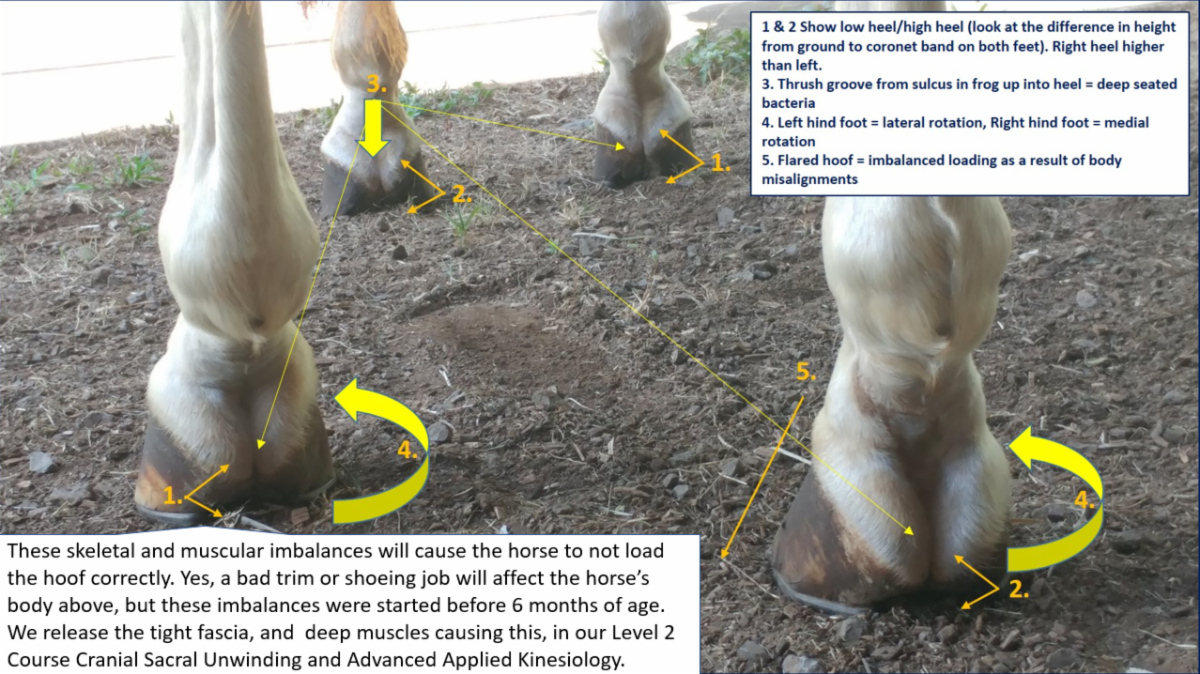
The Impact of High-Low Hoof Syndrome
This discrepancy in hoof angles may seem minor, but it has significant implications. Imagine standing all day with one foot in a flat tennis shoe and the other in a high heel. The imbalance would not only affect your feet it would also cause misalignment and pain in the joints of your ankles, knees, hips, and even your spine. This is what starts sidebone, ringbone, as well as arthritic hocks and knees that shorten the horse’s rideable years.
The hoof with the lower angle is more likely to land heel-to-toe, while the higher-angled hoof may land toe-to-heel, leading to a cascade of biomechanical issues throughout the horse’s body.
Over time, the side with the higher heel can cause jamming and uneven loading, which generates heat. The body responds by sending calcium to the area to “lock it down,” leading to the development of arthritis. This can manifest as side bone, ring bone, arthritic knees, and shoulder issues because the leg cannot move correctly.
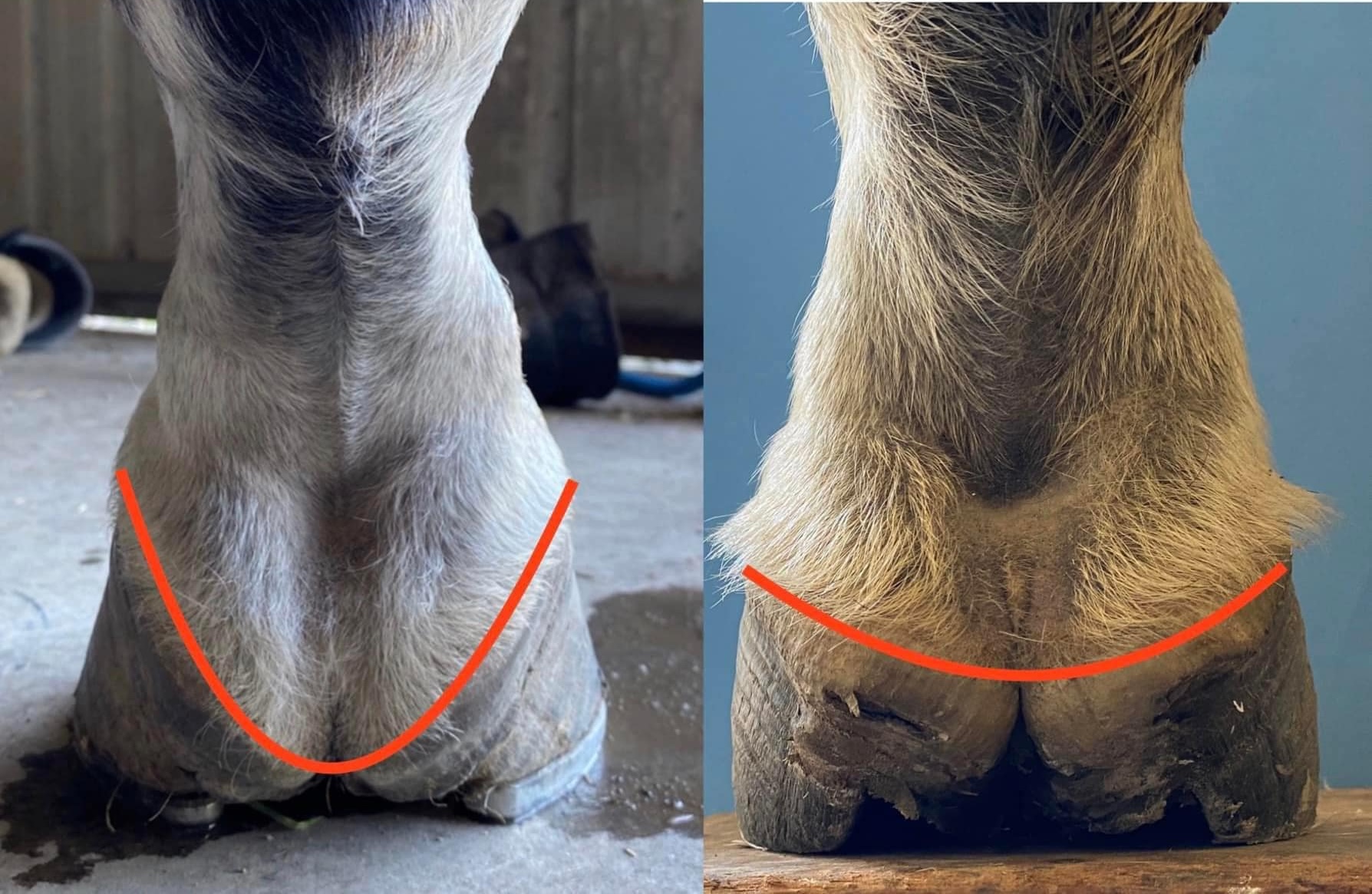
Image provided by Wayne Turner of Progressive Equine Services and Hoof Care.
What Causes High-Low Hoof Syndrome?
Traditional cited causes of High-Low Hoof Syndrome that some Vets and farriers will tell you include:
Conformation: The horse’s natural body structure can predispose it to develop this condition. Some horses may be born with or develop a slight asymmetry in their limbs that affects how they distribute weight and use their hooves.
Compensatory Behavior: If a horse has an injury or discomfort in one leg or shoulder, it may alter its stance and movement to relieve pain, leading to an imbalance in hoof growth and shape.
Farrier Practices: Inconsistent or improper trimming and shoeing can exacerbate or even cause the condition. If the hooves are not balanced correctly during regular maintenance, the disparity can become more pronounced over time.
Uneven Workload: Horses that regularly work on uneven ground or are consistently ridden in a way that favors one side of their body over the other may develop high-low hoof syndrome due to the uneven stress on their hooves.
However, I have noticed a strong correlation between High-Low Hoof Syndrome and a misalignment of the first rib. When the first rib is out of alignment, it restricts the movement of the shoulder on that side, causing the horse to favor one lead or diagonal when riding, over the other. For example, if the right side’s first rib is misaligned, the horse may struggle to move that shoulder forward, and will not want to pick up the right diagonal or right lead canter, leading to a high heel on the right side and a low heel on the left. This imbalance can often be observed when the horse is at rest. Pay attention when your horse is standing in the field or stall—if one front leg is consistently placed forward, this indicates a deeper issue. This needs to be resolved and we teach you how to evaluate all this and what to do to fix this issue.
Resolving and Preventing High-Low Hoof Syndrome
Conventional practices suggest corrective trimming and shoeing to manage this condition. A skilled farrier can carefully trim the hooves to encourage better symmetry. Specialized shoes or pads can also be used to support the lower hoof, helping to realign the horse’s posture and promote even wear. But unless you fix the underlying root cause, you will just keep paying extra money tto he farrier over and over and the issue will never get fixed.
The key to resolving High-Low Hoof Syndrome lies in addressing the body’s alignment, particularly the first rib. The real solution involves bodywork that corrects the underlying misalignments.
In my experience, after six weeks to three months of targeted bodywork, all my horse clients report that their farriers notice a significant improvement in the hoof angles. The hooves can finally be trimmed and balanced evenly, without making the horse sore, which is a major step toward resolving the biomechanical issues caused by this syndrome.
Start by doing the free horse yoga with your horse daily. This is a series of specific stretches, exercises, and movements designed to increase the flexibility, balance, and ultimately the longevity of your horse. It also acts as a diagnostic tool. If your horse can not do one of the movements correctly, then you know there is a deeper issue that needs to be addressed, and we teach you how to do all this easily.
To really get into the root cause of High-Low Hoof Syndrome, the Level 1: Equine Musculoskeletal Unwinding online course provides you with the knowledge and techniques needed to realign the first rib, helping to correct the hidden cause of this condition. By addressing these underlying issues, you can ensure a more balanced, pain-free life for your horse.
Level 1: Equine Musculoskeletal Unwinding
Equine Musculoskeletal Unwinding is a therapeutic bodywork technique for horses that focuses on gently releasing tension in the skeleton, muscles, and joints. It’s designed to be easy to perform, making it accessible for all horse owners and equine practitioners.
Hoof Soak for Better Hoof Health
For all things hoof health, this soak helps promote better hoof growth, tightens white line, and addresses issues like contracted heels, cracks, and white line separation which can lead to lameness. It also helps draw out bruises, abscesses, gravel, and any debris or infection in the hoof. This has shown to be an effective way to improve overall hoof health while saving money on farrier and veterinary bills long-term.
The Bigger Picture
High-Low Hoof Syndrome is more than just a hoof problem—it’s a whole-body issue. When the first rib is misaligned, it can lead to a range of problems, from poor gait to early-onset arthritis, tendonitis, and other musculoskeletal problems, such as mysterious lameness. Unfortunately, modern horses seem to be more prone to these issues, possibly due to mineral deficiencies or other factors in their environment.
For those dealing with High-Low Hoof Syndrome, I recommend a comprehensive approach that includes the daily horse yoga, Equine Musculoskeletal Unwinding, proper nutrition, and consistent monitoring of the horse’s stance and movement. Early intervention is key. It’s never too early to start! If we start working on foals by the time they are 5-6 months old, we can help ensure they grow into strong, balanced horses that remain rideable well into their senior years.
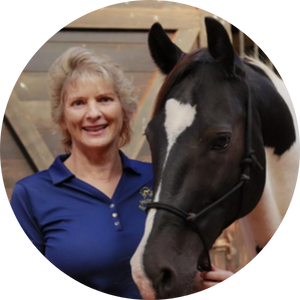
About the Author
April Love
Founder of Holistic Horseworks & Horse Healers Academy
Owner of Holistic Horseworks LLC, April Love empowers horse lovers to take healing into their own hands in order to keep their horses healthy, happy, and rideable through their 30’s while saving thousands of dollars on vet care. She has created a unique IICT (International Institute for Complementary Therapists) approved methodology that she teaches through in-person, hands-on clinics as well as virtual home study courses. April has also trained and vetted many instructors who share this practice worldwide.
As a gift to you, please enjoy a FREE copy of “Horse 101: Everything You Wish You Knew Before You Bought Your First Horse” www.horseacademy101.com
More Posts
Horses Are Talking, Are You Listening?
Holistic equine expert April Love wants you to know: your horse is speaking. And once you learn how to listen, everything changes. In her recent appearance at the Holistic Horse Conference, April sat down with Dr. Jeff Grognet and animal communicator Joan Ranquet to share her revolutionary approach to
How a Distance Reading CHANGED Kimberly and Her Horse
In this interview, holistic healing expert April Love uncovers the deep, often invisible threads connecting horse and human wellness. Join Kimberly, host of The Backyard Horse Enthusiast, as she shares her transformative experience with April's intuitive healing techniques.
Summer Travel Tips for Your Horse: Keep Them Happy, Healthy, & Hydrated
Traveling to summer shows and events can be exciting, but for our horses, it often comes with a heavy load of emotional and physical stress. Here are some key things to consider when prepping your horse for summer travel, and the strategies I’ve personally used to help mine stay
Mud Fever Prevention and Remedies
Mud fever, also known as pastern dermatitis, scratches, grease heel, etc., is a common skin condition in horses caused by a combination of wet and muddy conditions, bacteria, and fungi. It typically affects the lower legs, especially white ones, and, if not addressed properly. can cause discomfort and lameness.
Is It Really a Training Problem, or Is Your Horse in Pain?
If your horse bucks, resists the canter, or just feels off under saddle, the first thing many people assume is that it’s a training issue. Maybe the horse is being stubborn, or maybe it just needs more groundwork. But I want to let you in on something I’ve seen
Did You Know That Saddle Fit Issues Are Really Horse Body Issues?
Saddle fit isn’t just about the saddle — it’s about the ever-changing body of the horse beneath it. While it’s tempting to invest in custom saddles or quick fixes like padded inserts, lasting comfort and performance come from addressing the root of the issue: your horse’s physical balance and
Useful, Helpful Tips and Tricks for Horse Care | April Love’s Interview on The Backyard Horse Enthusiast
What would you do if your horse was limping, colicking, or spooking—and no one could tell you why? That question lit a fire in April Love that would grow into a global mission: helping horse owners uncover the root causes of mystery lameness, behavioral issues, and chronic pain that
How to Find the Cause of Lameness in Horses
When a horse shows signs of lameness, pinpointing the exact cause can be challenging due to compensatory mechanisms. Horses often redistribute weight and movement to avoid pain, making the actual injury difficult to locate. Here’s a practical step-by-step guide to help you identify the root cause of lameness in
5 Must-Know Hore Care Tips for Winter
In this comprehensive guide, we'll share five essential cold weather horse care tips straight from the experts at Holistic Horseworks.Whether you're dealing with freezing temperatures, icy conditions or relentless mud, these strategies will help you keep your horse happy and healthy through even the harshest of winters.
Dogs Love Bodywork, Too! (Prevents ACL Tears and Hip Displaysia.)
If you’ve ever watched your dog run and noticed something a bit off—like both hind legs moving together or noticeably dragging their toes—it might be more than just an aging issue or a minor injury. Proactively managing canine skeletal health can prevent long-term joint issues such as hip dysplasia

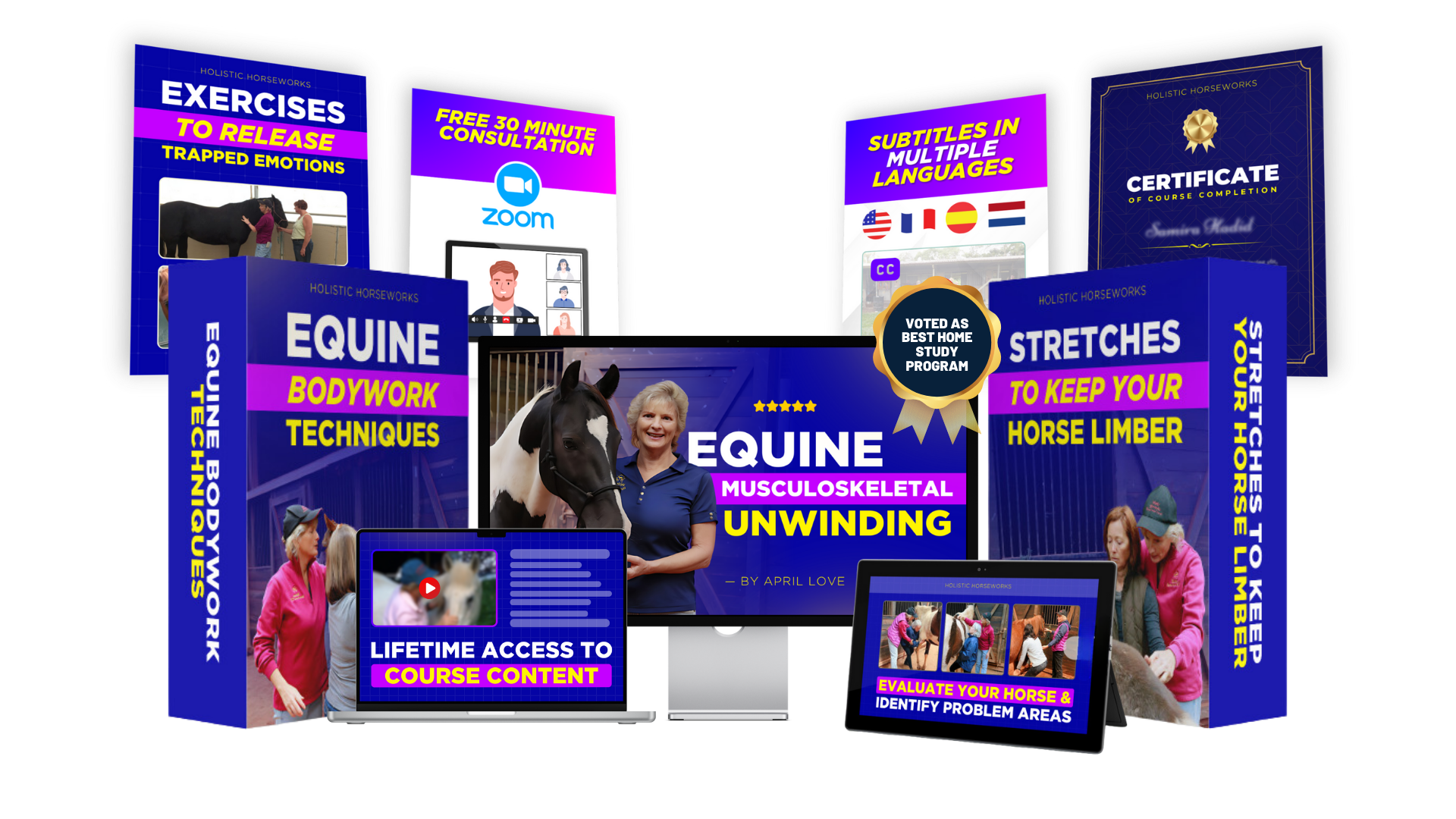
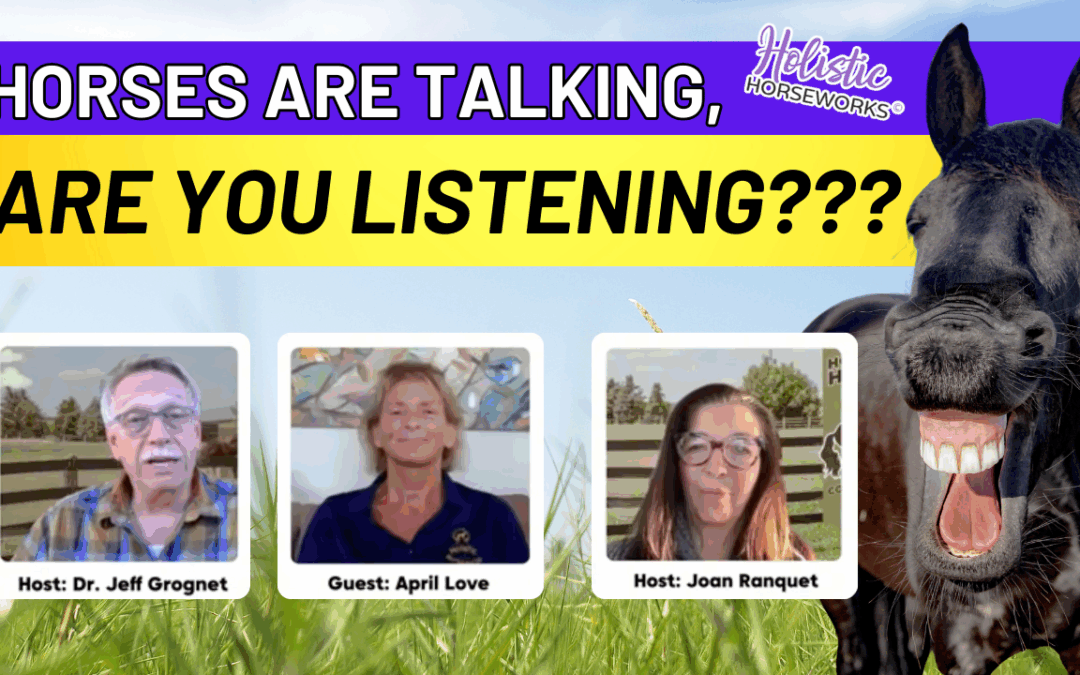
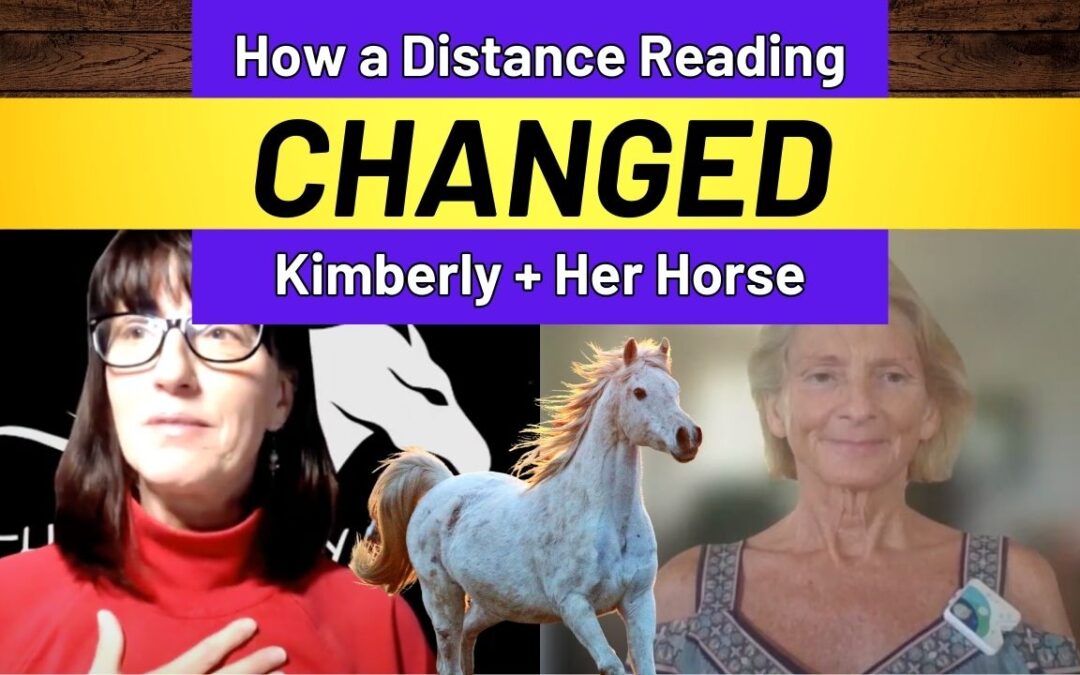
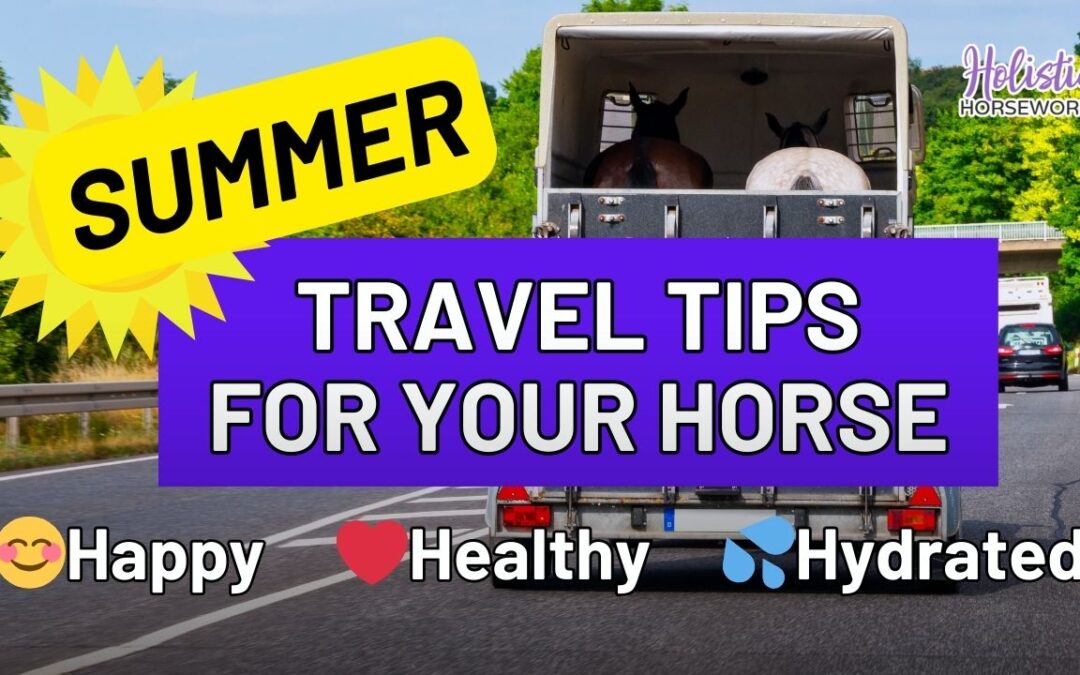
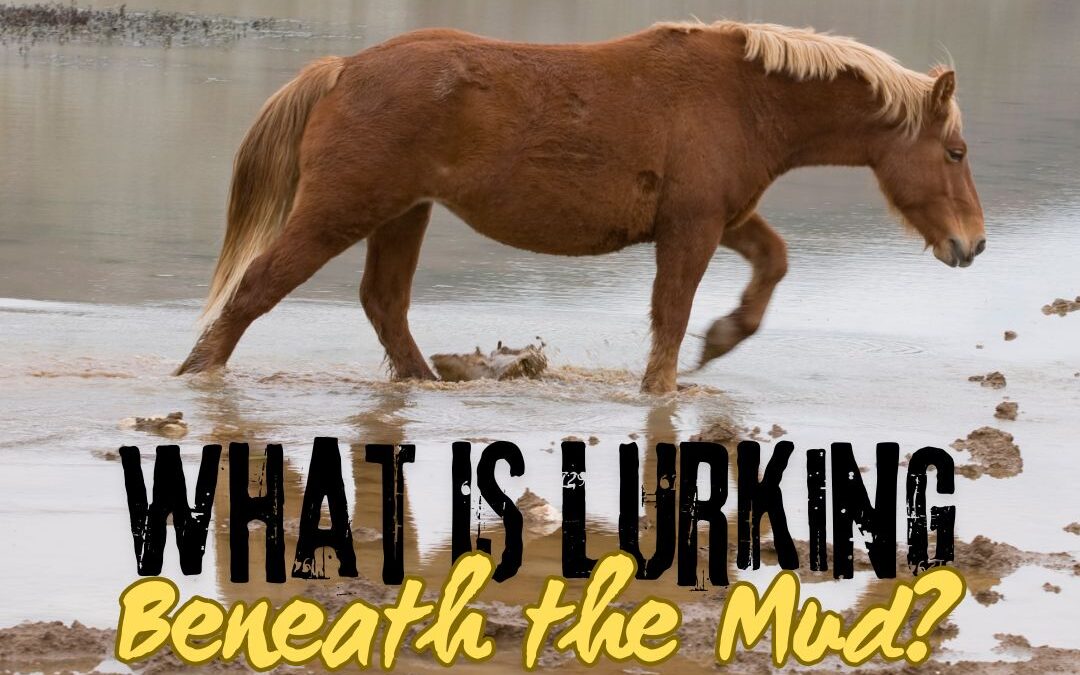
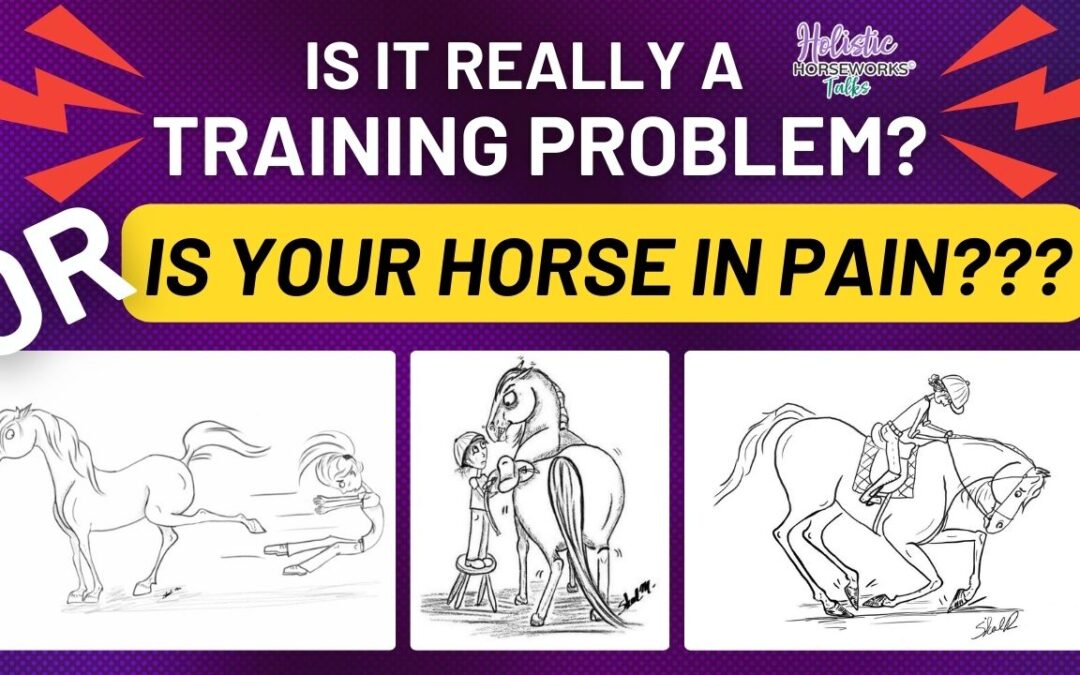
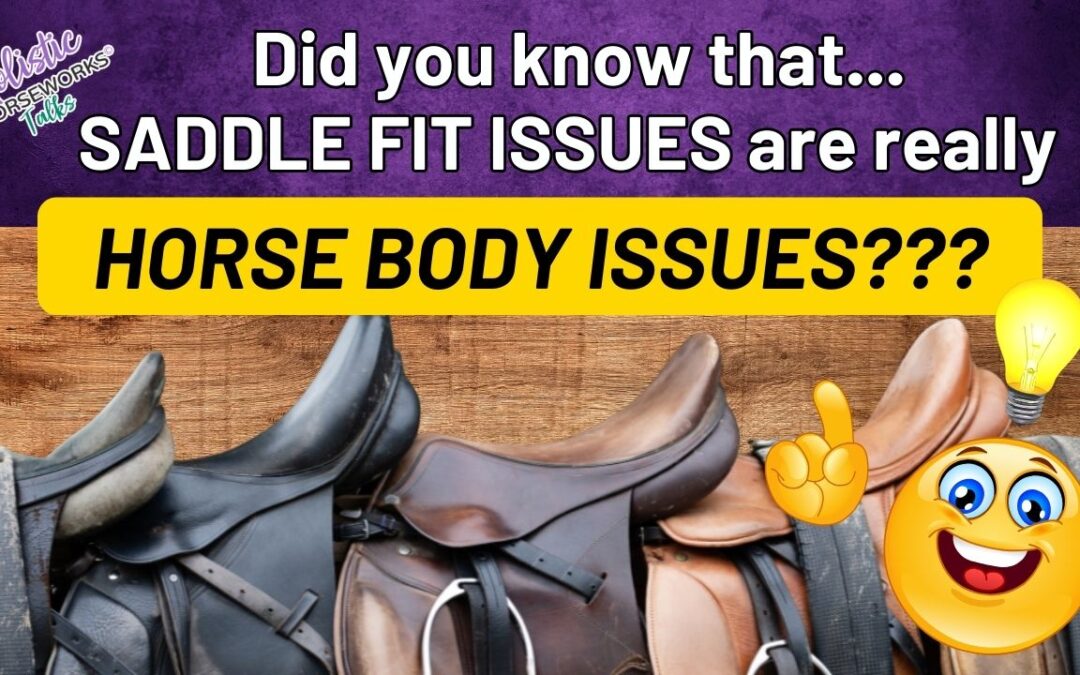
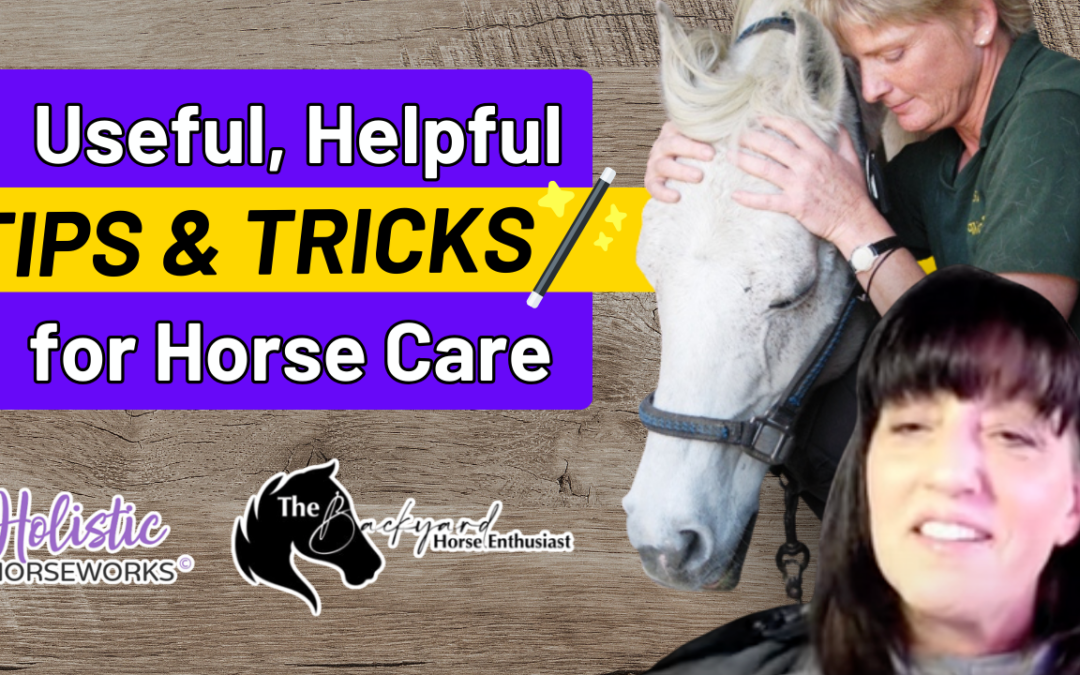
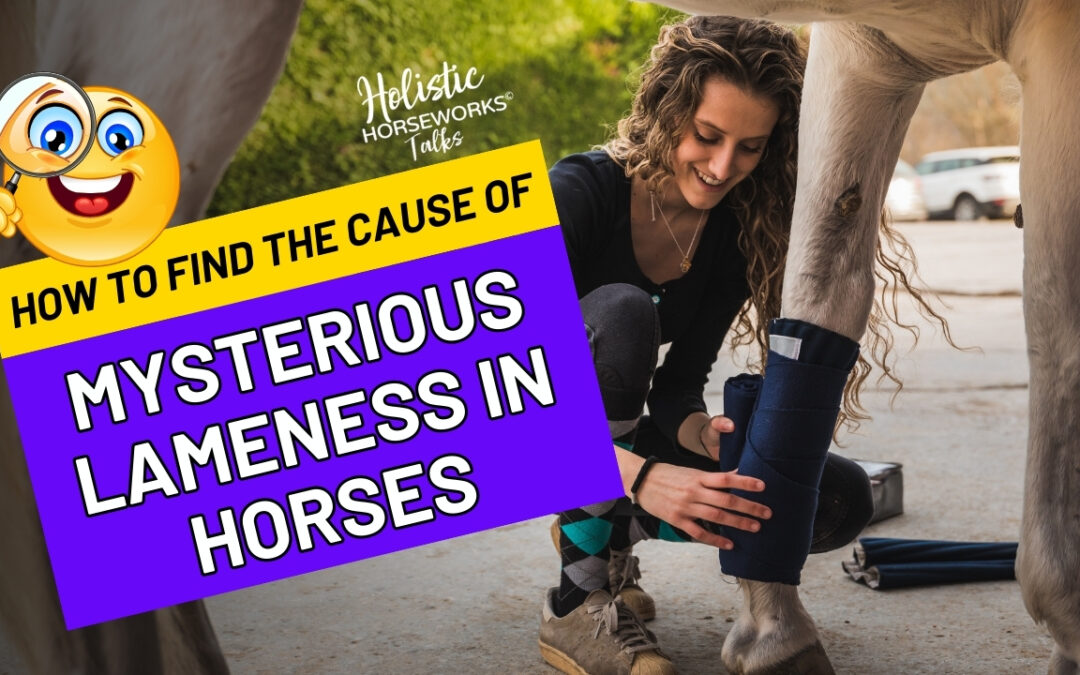
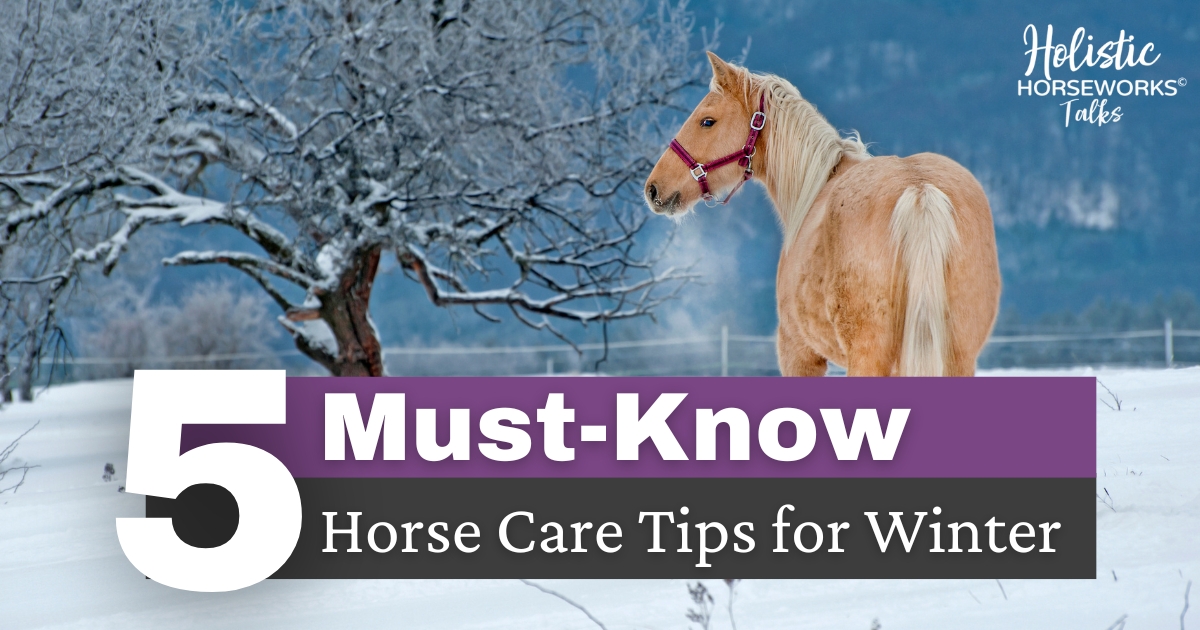
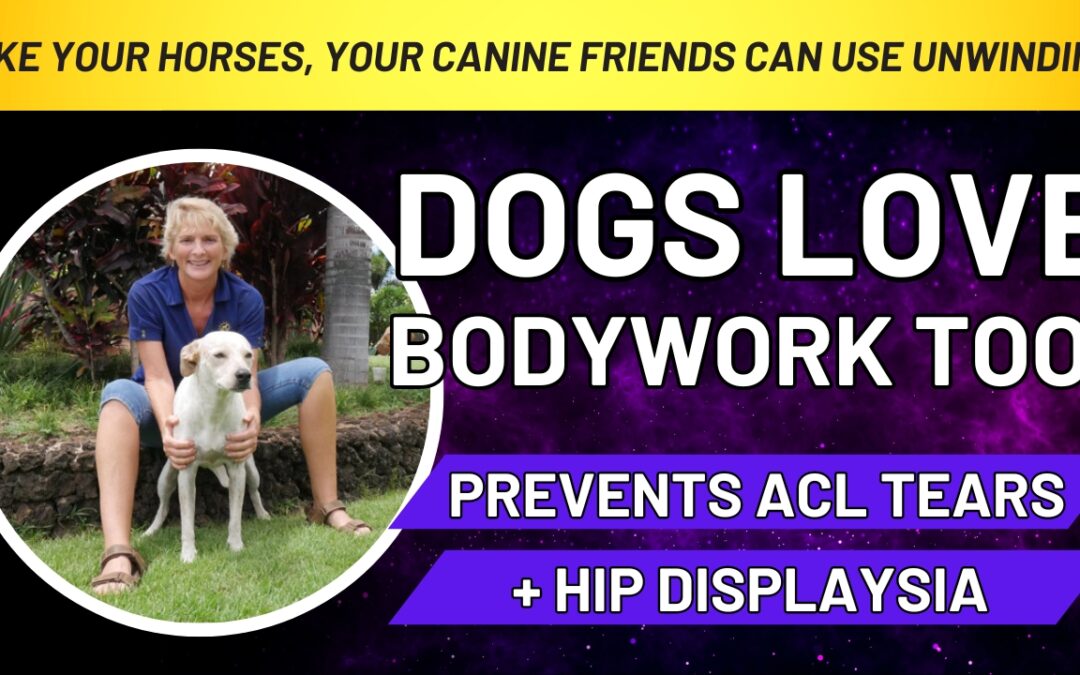
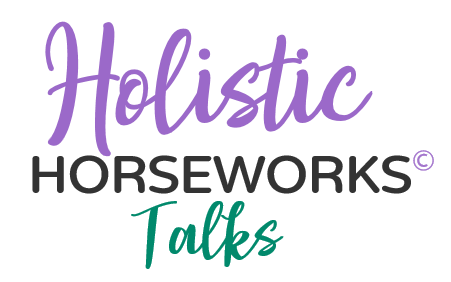
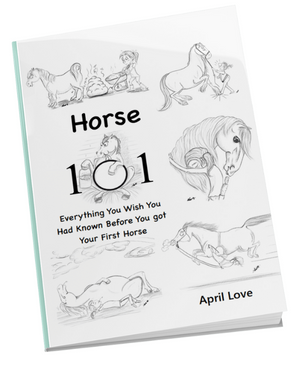
![Complete Level 1 & Level 2 Home Study + Private Training Package [NO DVD]](https://holistichorseworks.com/wp-content/uploads/2022/08/Level-1-and-Level-2-complete-home-study-and-training-package-400x400.jpg)
![Level 1 "Equine Musculoskeletal Unwinding" Home Study -Watch Instantly [NO DVD]](https://holistichorseworks.com/wp-content/uploads/2022/08/Level-1-Home-Study-400x400.jpg)
![Level 2 “CranioSacral Unwinding & Advanced Applied Kinesiology” Home Study - Watch Instantly [NO DVD]](https://holistichorseworks.com/wp-content/uploads/2022/08/Level-2-Home-Study-400x400.jpg)
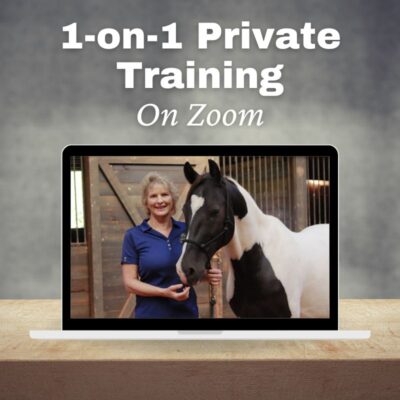

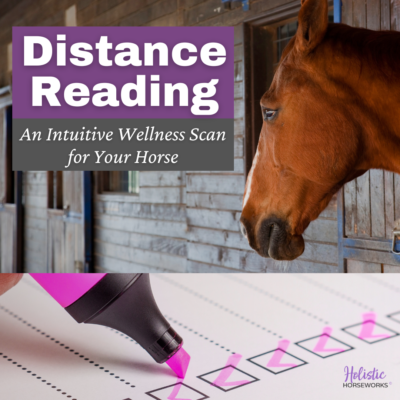

![Equine CranioSacral Energy Work -Watch Instantly [English and French]](https://holistichorseworks.com/wp-content/uploads/2022/09/equine-cranial-sacral-energy-work-watch-instantly-400x400.jpg)